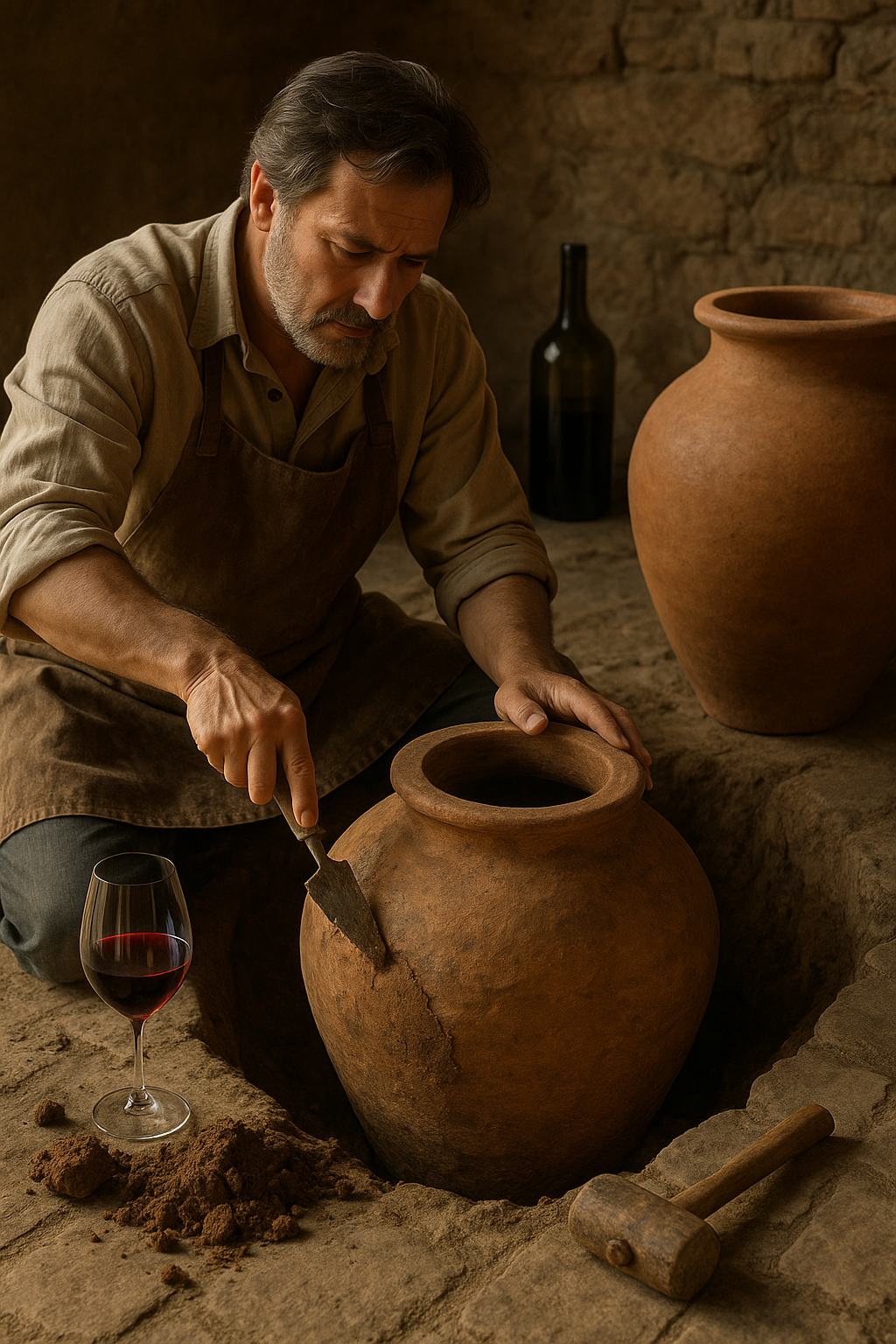
Ancient Georgian qvevri winemaking revived
Share
Unearthing the History of Qvevri Winemaking in Georgia
The tradition of qvevri winemaking in Georgia is deeply rooted in the nation’s history, tracing back over 8,000 years. This ancient method involves fermenting and storing wine in large clay vessels, known as qvevris, which are buried underground. Archaeological discoveries have unearthed remnants of these vessels, revealing a sophisticated winemaking culture that predates many other wine-producing regions. The unique microclimates and diverse grape varieties found in Georgia contribute to the distinctive flavors of its wines, celebrated for their complexity and depth.
As the centuries progressed, qvevri winemaking became intertwined with Georgian identity, symbolizing resilience and connection to the land. However, the Soviet era posed significant challenges, leading to a decline in traditional practices. In recent years, a revival has emerged, with winemakers embracing ancient techniques while incorporating modern innovations. This renaissance not only honors the rich heritage of Georgian winemaking but also captivates a new generation of wine enthusiasts eager to explore the authentic flavors of this time-honored craft.
The Art and Science Behind Qvevri Restoration
Restoring a qvevri is as much an art as it is a science, requiring a deep understanding of both traditional techniques and modern preservation methods. Each qvevri, often crafted from clay and buried underground, carries a unique history that influences its restoration. The first step involves a thorough inspection to assess the vessel's structural integrity and any signs of degradation, such as cracks or erosion. Skilled artisans then utilize traditional techniques, often passed down through generations, to repair the clay, ensuring that the qvevri retains its original character while being functional for winemaking.
Simultaneously, modern scientific approaches are employed to analyze the soil composition and microbial activity within the qvevri, which are crucial for fermentation. This blend of ancient wisdom and contemporary science not only preserves the qvevri's authenticity but also enhances its capability to produce high-quality wines. By harmonizing these elements, restorers breathe new life into these vessels, ensuring that the age-old tradition of Georgian winemaking continues to thrive in the present day.
The Global Renaissance of Qvevri Wines
As the world increasingly embraces natural and organic products, the ancient practice of qvevri winemaking is experiencing a remarkable resurgence. This traditional Georgian method, which involves fermenting and aging wine in large, clay vessels buried underground, offers a unique approach that emphasizes terroir and authenticity. Winemakers are drawn to the qvevri for its ability to enhance the wine's flavor profile, allowing for a deeper expression of the grapes and the surrounding environment.
The revival of qvevri wines has not only attracted seasoned sommeliers but also a new generation of wine enthusiasts eager to explore the rich history and diverse styles these wines embody. As more vineyards across Georgia and beyond adopt this ancient technique, the global wine community is beginning to recognize the qvevri's potential to produce exceptional, character-driven wines. This renaissance is not merely a trend; it signifies a profound appreciation for heritage, craftsmanship, and the artistry of winemaking that transcends time.
